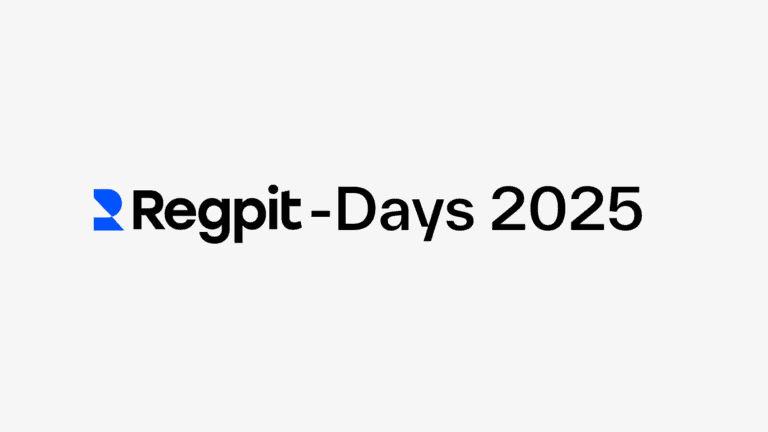Legal basis for video identification procedures
In April 2024, the German Federal Ministry of Finance (BMF) published the draft of a new regulation: the Geldwäschevideoidentifizierungsverordnung (GwVideoIdentV), or Anti-Money Laundering Video Identification Regulation. A statutory authorization to regulate alternative methods of identity verification under anti-money laundering law had already been introduced with the revised Anti-Money Laundering Act (GwG) of 23 June 2017 — however, this authorization had not yet been exercised. The GwVideoIdentV is now intended to clearly and uniformly establish the use of video identification procedures under the law.
Expanded requirements and options under the draft regulation
The regulation aims to enable all companies subject to the provisions of the GwG to lawfully use video identification procedures. However, if video identification is offered, the draft requires that electronic ID (eID) or a comparable method must also be offered as an equivalent alternative. It must not be permitted to guide users toward preferentially choosing the video procedure.
In addition, semi-automated identification procedures will be allowed — provided that a direct human check remains part of the process.
Fully automated procedures may only be tested by credit institutions and under strict conditions. The trial phase may last up to two years and can only take place if the German Federal Office for Information Security (BSI) does not rule out that the automated process meets a comparable security level to the non-automated video identification procedure. After the test phase, the BSI must assess — upon application — whether the method may continue to be used and meets the required security level.
You can find the full draft regulation and the official responses from industry associations here: Draft Regulation on AML Video Identification (GwVideoIdentV) – Federal Ministry of Finance – Service



